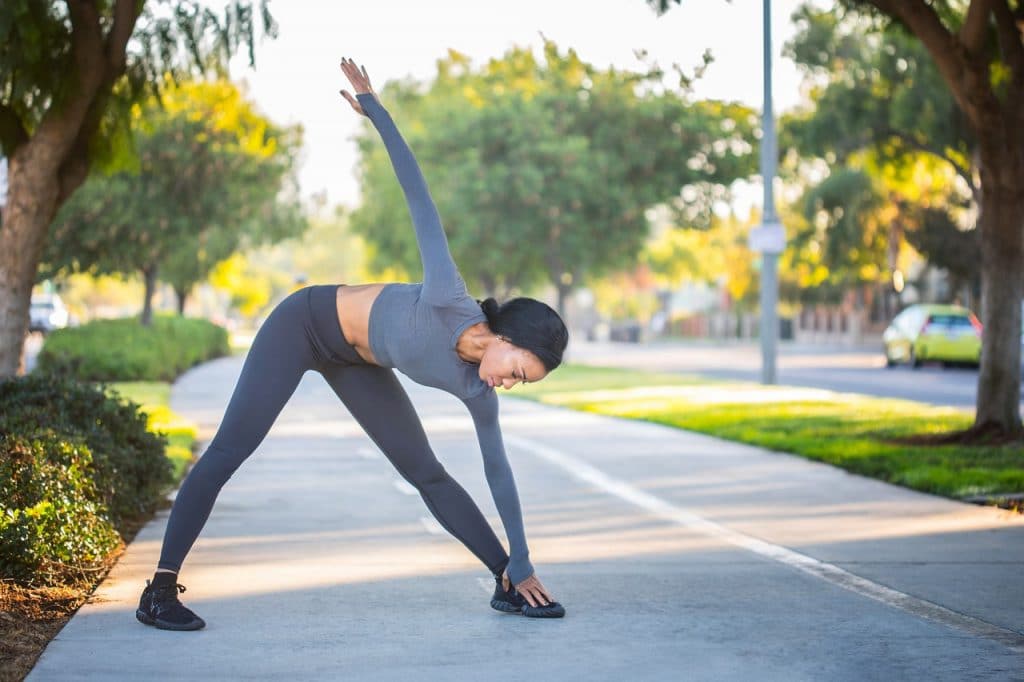Hey, gym-goers! Before you hit the gym, I bet you stretch it out, right? After all, you don’t want to end up walking with a limp all weekend or unable to lift your arm because you ran headfirst into a stellar workout without stretching your muscles first!
What if I were to tell you that the idea of stretching before working out was based on some confusion over studies done years ago, and it might be wrong?
Stretching vs. warming up
The idea that stretching before exercise prevents injury appears to come from studies carried out on people who stretched before working out as part of a warm-up routine. The benefits were attributed to the stretching, but researchers now believe that it may actually be the warm-up routine that makes the difference. In fact, years ago, a study published in the British Journal of Sports Medicine pointed out that this may be the case, and that stretching before exercise could actually lead to injuries (https://www.ncbi.nlm.nih.gov/pmc/articles/PMC1756248/pdf/v034p00324.pdf). According to that study, stretching can cause damage at the cytoskeletal level and can increase pain tolerance, making injuries more likely. Other studies discovered that stretching before exercise didn’t yield any sort of significant injury or soreness-prevention benefit.
Warming up before exercise, however, does appear to be able to help prevent workout injuries. This is not the same as stretching. When you warm up, you increase the blood flow to your muscles and your circulation. There are a lot of easy ways to do this, including walking briskly, squats, jumping jacks and cycling. Do them for a few minutes, so that you’re breathing heavily, to help improve blood flow, which can prevent injuries and the soreness that is associated with more intense workouts.
What about stretching after exercise?
Stretching after exercise doesn’t appear to offer many benefits, either, as noted in another study by the British Journal of Sports Medicine (https://www.ncbi.nlm.nih.gov/pmc/articles/PMC119442/). Instead, many experts recommend you go for an active cool-down or recovery, which involves winding down with low-impact aerobic exercise post-workout, just as you did beforehand to warm up. Swimming, cycling, yoga and even using a foam roller can help, as well as massage.
Whatever your pre-workout routine is, it’s time to rethink it if it includes stretching. As new research emerges the down the line, there will probably be even more discoveries made on how our bodies handle physical activity.




